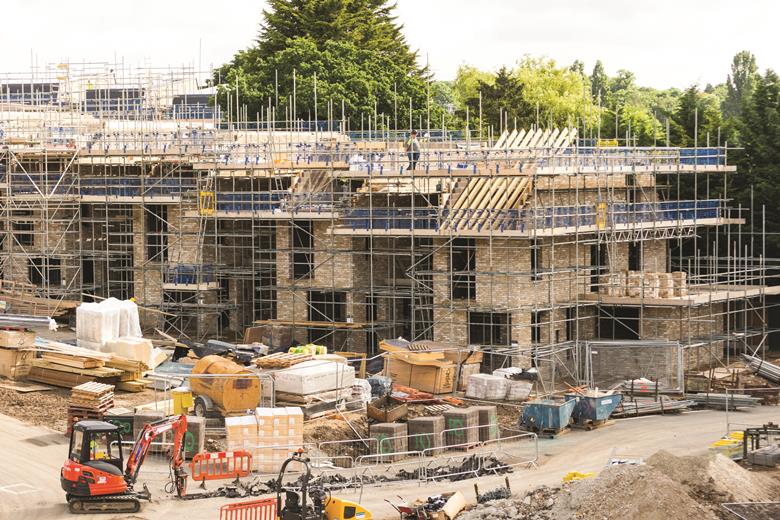The key pros and cons to levelling up
Having read all 332 pages of the Levelling Up White Paper, Lawrence Turner is surprised at how little detail is given to planning reforms.

Having read all 332 pages of the White Paper I am surprised at how little mention or detail is given to planning reforms in levelling-up. Michael Gove explains that planning will become a “tool for levelling up across England” and we should expect the Government’s detail on planning reform in the spring. What we can glean is that the Government’s most effective and radical reforms from the 2020 ‘Planning for the Future’ White Paper have been stripped out, leaving far less controversial proposals to placate its backbenchers.
Of the reforms that remain, I’ve identified three good and three bad proposals. First, the good:
- Improving the data that underpins Plans. The Government had previously hinted that there is a need to bring the planning industry into the 21st century using digital technologies such as machine learning and algorithms to speed up the planning system. For example, algorithms could determine smaller scale or householder applications; or help to draft Local Plan allocations, free from political influence, that best meet national policy, the aims and objectives of the Plan and its local communities.
- A new infrastructure levy model. I think most people would agree that our current dual-system of CIL and s106 agreements is not fit for purpose. There are many different views as to which model of land value capture should be introduced, ranging from something similar to our current CIL arrangements to more radical proposals, such as the creation of a new tax.
- Improve engagement in planning decisions. As previous planning reform announcements have hinted, there remains a need to properly engage with the ‘silent majority’ in the local community - those neither neutral nor pro-development but who are not inclined to participate. It is often that those that remain silent are impacted the most by planning decisions – either by reducing opportunity and choice for first time buyers, or to live close to their friends and family.
Meanwhile, the three bad proposals are:
- No new proposals for increasing affordable housing. Genuinely affordable housing is at the root of each of the Paper’s 12 priorities; but any specifics on delivering it are overlooked – fundamentals in planning such as the Green Belt release, inherent problems with the strategic planning system, and providing a balance of both greenfield and brownfield land must be addressed.
- Oversimplification. A lack of engagement in the planning system remains an issue, but writing simpler and shorter Local Plans is not the answer. Yes, this may help engage more; but if its scope and content is reduced, will this amount to effective engagement? A balance needs to be struck between simplifying a Local Plan and providing enough detail to meaningfully engage with local communities - the more we want our local plans to be, the more complex they become.
- Green Belt. Too much emphasis is given to maintaining the Green Belt, at the expense of the need to tackle housing affordability; deliver 300,000 homes per year; and meet sustainability and net zero carbon targets. These will not happen without the release of Green Belt land.
